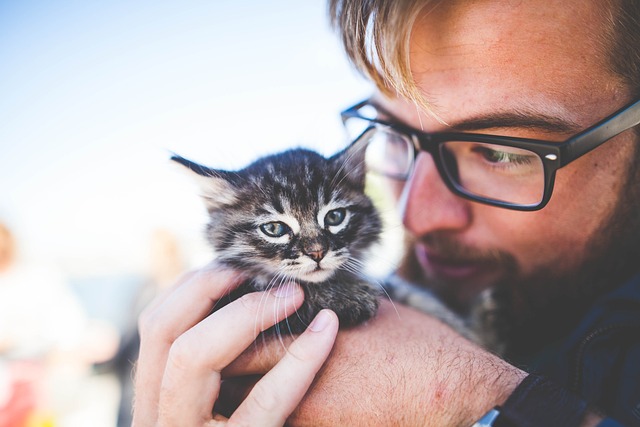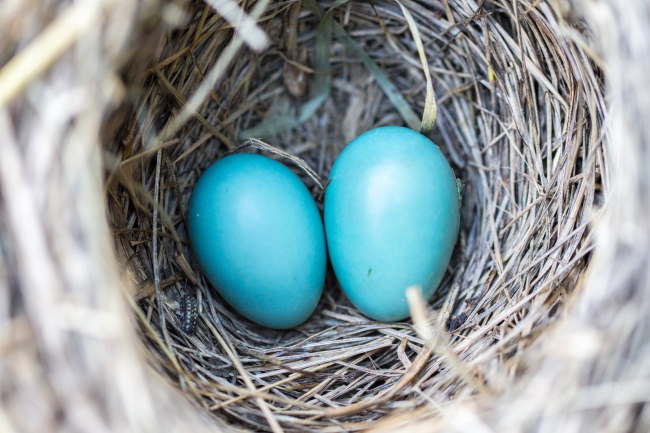Category: Featured
Featured posts
-
How Parents Can help Their SEN Child Achieve Their Potential
Having a child with special educational needs (SEN) can be challenging for parents. But with the right support and encouragement, SEN children can thrive and achieve their full potential. Here are some tips for parents on supporting their SEN child’s development and success: Understand Their Needs The first step is to understand your child’s specific…
Written by

-
Tips to Successfully Train New Maltese
Anyone would be delighted to have a Maltese puppy in their home since they are such cute little creatures. Maltese training is enjoyable and simple with these cute puppies since they pick things very quickly. But as seasoned dog owners and trainers are aware, every type of dog breed is different, and these canines require…
Written by

-
A Complete Guide on the Fundamentals of Holistic Pet Care
Since our pets are members of our family, we always want them to be content and healthy. Holistic pet care is, nevertheless, unknown to many pet owners. It is a holistic approach to natural pet care that helps maintain your pets’ health. We’ll go over the foundations of holistic pet care in this article so…
Written by

-
10 Health Related Dog Facts You May Not Know
Dogs are not only our best friends but are also complex, fascinating animals with intriguing health characteristics. As we delve into the world of canine health, we will discover surprising and often overlooked facts that can give us a deeper understanding of our four-legged friends. 1. Dogs Have a Unique Cardiovascular System Dogs’ cardiovascular systems…
Written by

-
5 FASTEST Dog Breeds in the WORLD
Are you a dog lover who is fascinated by speed and athleticism? Look no further than these top 5 fastest dog breeds in the world. From Greyhounds to Salukis, these breeds are known for their incredible speed and agility. Many of these super fast breeds are GREAT with kids (though not quite as great as…
Written by

-
Who Sent The First Christmas Card? History Revealed
Christmas is a time for giving, which applies to gifts in the form of cards. The tradition of sending Christmas cards dates back to Victorian times when people would exchange handwritten letters and hand-illustrated notes to wish friends and family happy tidings. In those days, the cost of postage was high, so sending something with…
Written by

-
Purple and White Birds
There are many different types of birds in the world. Some are very colorful, while others are more subdued in color. Purple and white birds are beautiful examples of birds with stunning colors. These birds can be found in many different habitats. They are also a popular choice for birdwatchers and pet owners alike. Below…
Written by

-
Durags History & Facts For Kids
Durags are close-fitting clothes tied around our heads to protect our hair. Durags have been worn for decades to help accelerate the growth rate of our curly hair or locks. But… Did you know that durags are more than just a fashion statement? For African-Americans, durags tell their story from the 19th century to date.…
Written by

-
Grape Facts For Kids: One Of The Most Popular Types Of Fruits In The World!
Grapes are a kind of vine-grown fruit. There are various grapevine species, any plant in the genus Vitis. You wouldn’t believe me but… Around the world, there are around 60 to 8,000 natural grape types. They are fruits that are primarily consumed fresh. They come in sweet, sour, and dry flavors. The plant has an…
Written by

-
Boxing Facts For Kids | History Of The Sport
Did you know that boxing is one of the planet’s oldest combat sports still practiced today? Believe it or not… The origin of This sport goes as far back as our history. The earliest documented history goes back to Egypt in 3000 B.C. Prized fights were even featured in the Iliad of Homer during Patroclus’…
Written by

-
Interesting Bird Facts: What Colors Are Bird Eggs, And What Do They Mean
Have you ever asked, “What colors are bird eggs, and what do they mean?” Like the birds themselves, bird eggs come in different colors – white, gray, beige, brown, and blue, to name a few. Patterns may also vary – some eggs are plain, while others have speckles and spots. Now… Egg pigmentation is a…
Written by

-
How to Pick Healthy Puppy- Tips to choose a Healthy Puppy
Who does not love those lovely four-footed creatures always wagging their tail in front of you? I guess most people love dogs, and most of them attempt to buy one as a pet. However, you must consider a few things when planning to get a puppy. The entire process, from choosing the perfect puppy to…
Written by

-
What Everybody Needs to Know About Pet Insurance
As a pet owner, getting pet insurance for your furry friends is one of the most responsible things you can do. Not only will it help you to afford vet services, but it can also give you priceless peace of mind, knowing that your pet will be taken care of. If you’re still on the…
Written by

-
How to Choose a Biblical Baby Name From Popular Christian Figures
Naming your child can be hard, especially if you want to name them after Christian and biblical figures. Keep reading to learn how to do it right. If you have just become a parent, you certainly know how exciting yet tiring choosing a name for your child can be. If you are a strong believer…
Written by

-
Six Practical Tips for a Successful First Year at University
The new duvet cover has been purchased, the posters have been packed, a favourite teddy bear has been slipped into the car, and the car trunk is completely stuffed. It’s that time of year again when young people embark on their first year at university. Some of the best tips for having a successful first…
Written by

-
How To Know If There Is A Hidden Camera
As a race, humans are under surveillance and recorded more than ever. There are cameras everywhere today. Ironically, considering that the sale of personal digital cameras is at an all-time low, more people use cameras than ever before. This is owed to the prevalence of mobile devices. Every smartphone has a camera installed, and they…
Written by

-
Ciphers Kids Can Use
Cryptography is a science that encrypts the information by making it invisible and secure. In Egypt, scrolls containing cryptography date back to approximately 1900 BC. Also, cryptography was used extensively by the Assyrians as well Chinese and Greeks. It is especially interesting for military people, and it has so many uses you can buy thesis…
Written by

-
10 Reasons Why Fish Make Great First Pets
Thinking about getting a pet but don’t want something too high maintenance? Perhaps your apartment building has a strict no pet policy, but you still want something around to keep you company. While dogs, cats, bunnies, and other furry little animals may be the first thing to come to mind when you think about pets,…
Written by

-
Gummies Can Be A Good Thing
If you have a sweet tooth you will know all too well the struggle of trying to hold back and maintain a healthy and active lifestyle. I am not sure if it is the actual taste of the candy, the look with all their vibrant rainbow splashes lined on shop walls, or the habit of…
Written by

-
Learning History through Historical Movies
The internet is rife with movies covering major historical events across the globe. As shown by various studies, audiences derive historical concepts from these programs. As such, it is clear that historical movies play a critical role in shaping our thoughts. Even better, films offer a better stimulus that yields more cognitive capacities than dictation and…
Written by

